
1. Mirror Effect
The Uyuni Salt Flats are famous for its mirror effect (thus, the name is known for: The World’s Biggest Mirror). If you want to take a Salar de Uyuni tour and experience this pehnomenon, you should go in the rainy season (from December to April) the landscape is filled with a layer of water reflecting the sky on the ground with unparalleled views.
2. Where is it?
Salar de Uyuni can be found in the department of Potosí in Bolivia’s southwest. You can get there by plane, by bus or, our recommendation, driving from La Paz to Uyuni.
3. How was it formed?
It was formed due to the drying of prehistoric lakes in the crest of the Andes, mainly the Lake Minchin, 30,000 to 42,000 years ago.

4. It is really high
Uyuni is at an elevation of 3700 meters, so some acclimatization to height is recommended in order to avoid the soroche, or altitude sickness.
5. Uyuni in numbers
The surface of the Uyuni Salt Flats is of 10.582 km2, being the largest salt desert as well as the flattest place in the World. It is estimated that the salar contains 10 billion tons of salt, and it is formed by 11 layers of salt with a thickness of 2 to 10 meters each. Every year 25.000 tons of salt are extracted.
6. Dry Season - Geometric Shapes
This is the other face of the salt flats. Whereas in the rainy season you see it covered by water, from May to November you will find it dry with only salt on it. And the particularity this time of year is the octagonal shapes that are formed in the surface. This happens due to the drying process and the ventilation of the salar.
7. There is A LOT of Lithium
You may have heard about the lithium. This mineral is used to produce batteries such as the one your cell phone has. Around the 90% of lithium of the World is condensed in Salar de Uyuni.
8. Colored Lagoons
Not far from Uyuni you can find colorful lagoons such as the Red Lagoon and Green Lagoon in the Eduardo Avaroa National Reserve. You can find them filled with pink flamingos and local flora and fauna. Take a look at our tours to Uyuni and Eduardo Avaroa.

9. Pink flamingos
If you are wondering when is the best time to see pink flamingos in Eduardo Avaroa or the Sajama National Park, the best time is in Summer, from December to April and during the rainy season. You can observe three species: andean, james and chilean.
10. More about Eduardo Avaroa and Sajama
The Sajama National Park is on the way from La Paz to Uyuni, and is filled with pre-Inca archaeological sites, lagoons and natural hot springs. You can also see Bolivia’s highest peak: Mount Sajama, also known as Nevado Sajama (6.542 m). In Eduardo Avaroa you can see the Sol de Mañana geyser field and access the Siloli Desert with its quirky Stone Tree.
11. It is very cold”
Remember that Salar de Uyuni is at an altitude of 3.656 meters: it can get very cold, especially at nights with temperatures dropping below zero. But beware of the Sun, and bring with you a good sunscreen, as it is very easy to get burned at this altitude.
12. Salt structures
Together with the salt contained by the desert, you can find salt hotels such as Palacio de Sal, made from pure salt (which are also the best options for accommodation in the region). There is also the small miner town of Colchani, where you can find unique souvenirs made from salt.
13. Stargazing
The sky in Uyuni is usually clear, and it offers magnificent opportunities for stargazing at night.








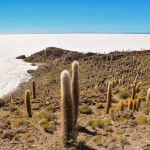


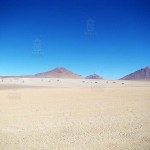
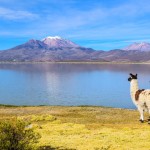
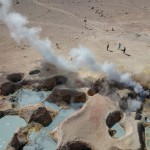





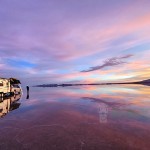



Leave a Comment